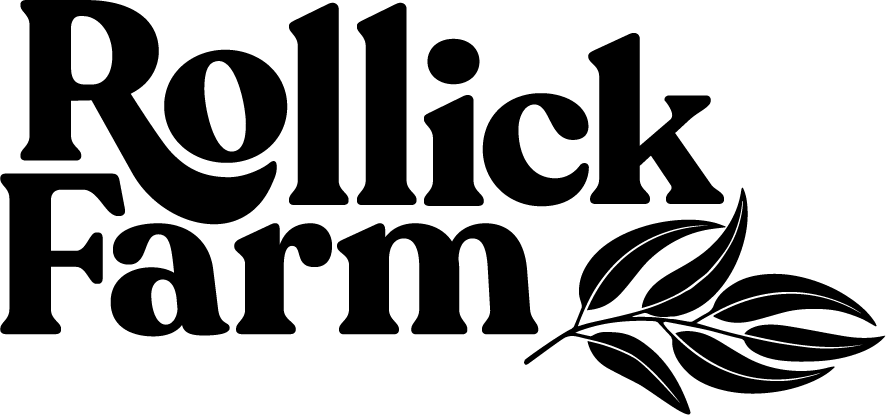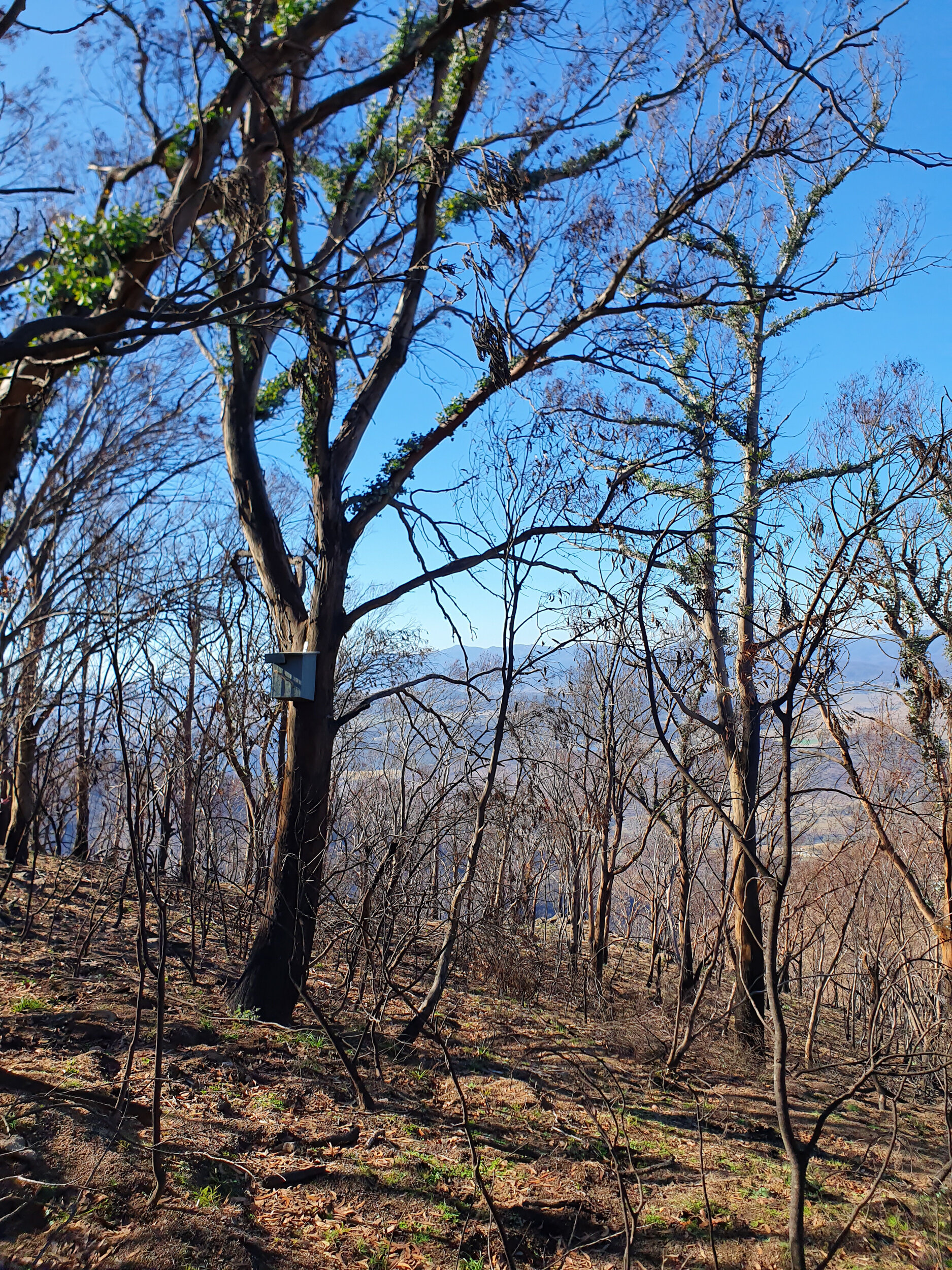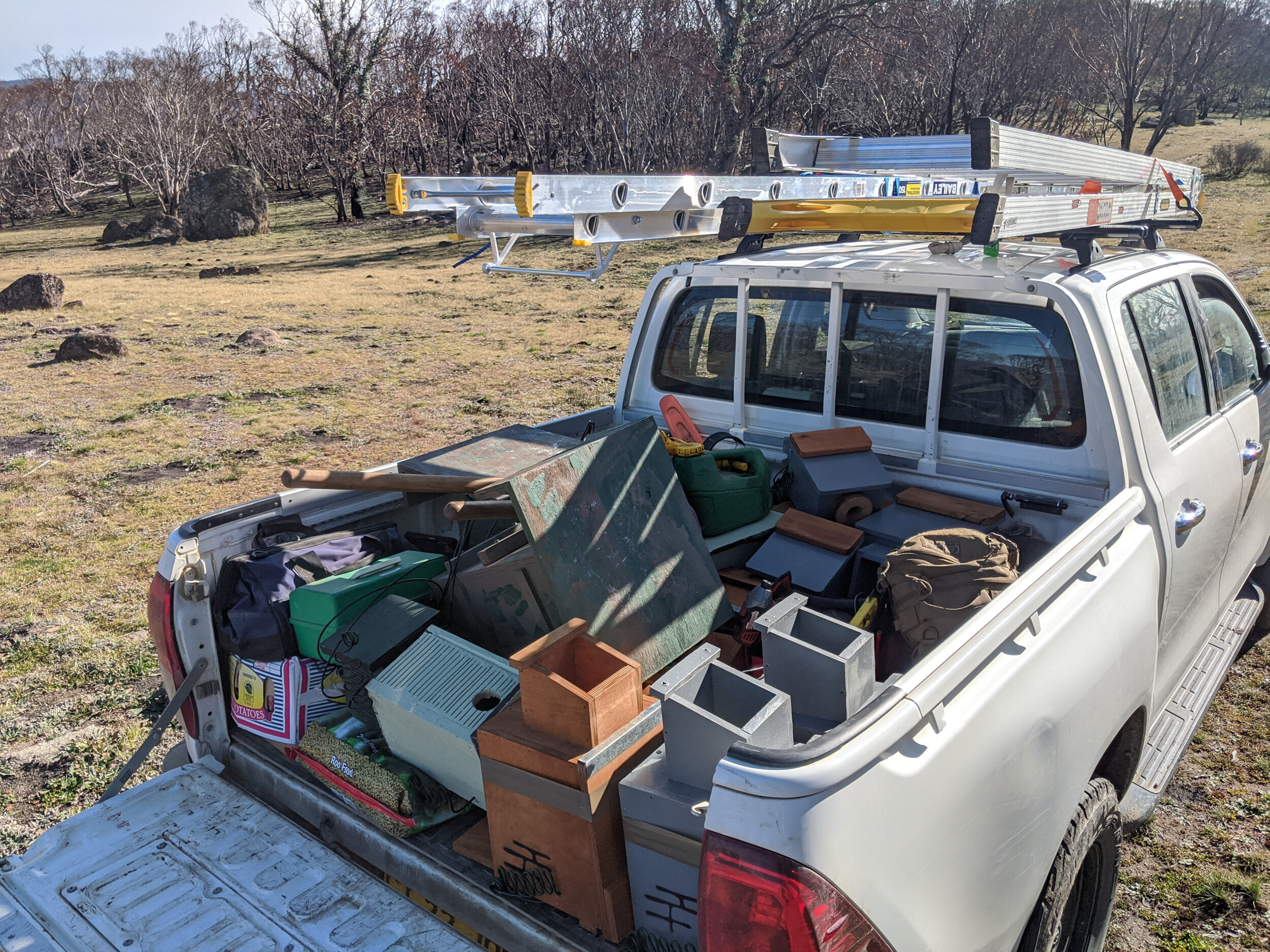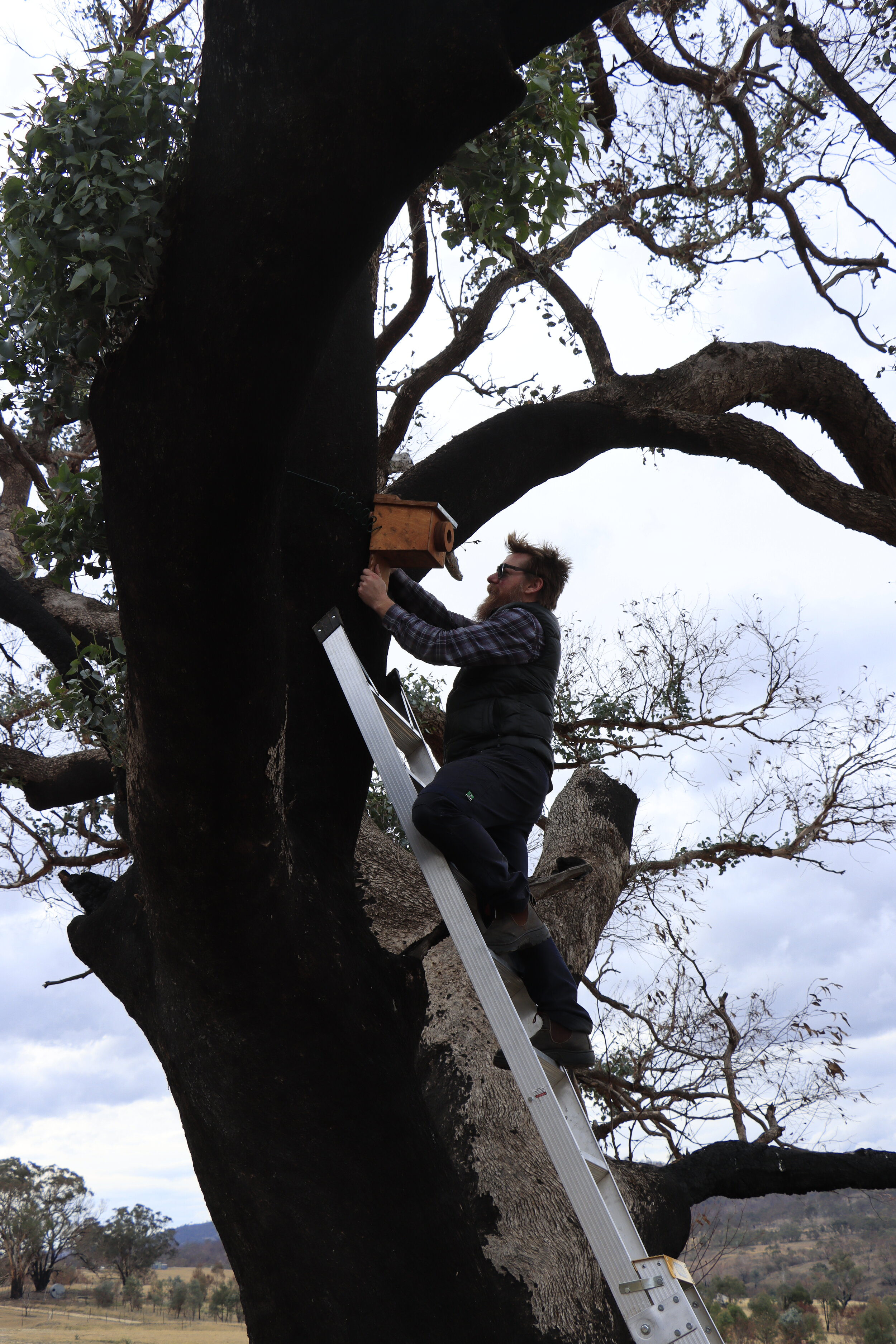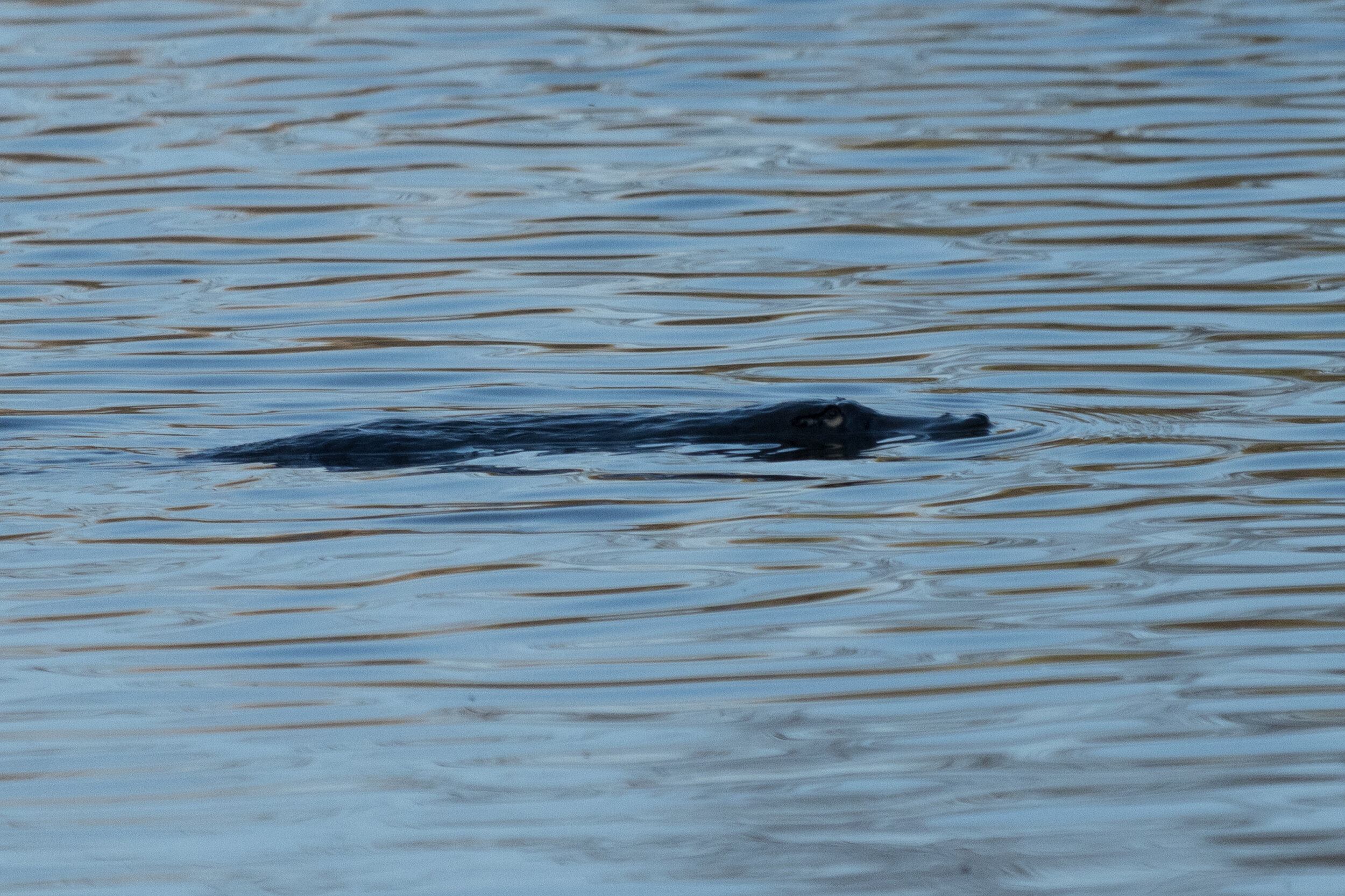Wildlife Recovery
I don’t think I’ve ever looked at the Brindies from Canberra and not wanted to be there. After moving to Canberra in 2009 I spent every available opportunity exploring those mountains. Mt Bimberi from the east and west, Mt Gingera on full moon Friday nights in the snow with no torch necessary, a fifteen hour ride and walk to Mt Namadgi and back from the Orroral Vallery, the Fitz’s Extreme ride, the now classic MTB loop up Warks Road up to Picadilly Circus and down Two Sticks, lugging cross country ski gear up Stockyard Spur to get last tracks for 300m near Pryors Hut in October. Such good times, and many more to come.
This affliction is common among Canberrans, and there are plenty of local weekend warriors and great adventurers to look to for blessings and inspiration across the Brindies and beyond. Flipping through Klaus Hueneke AM midweek has launched many weekend expeditions and picking up Anthony Sharwood’s From Snow to Ash will have you sticky taping topo maps to your walls in no time.



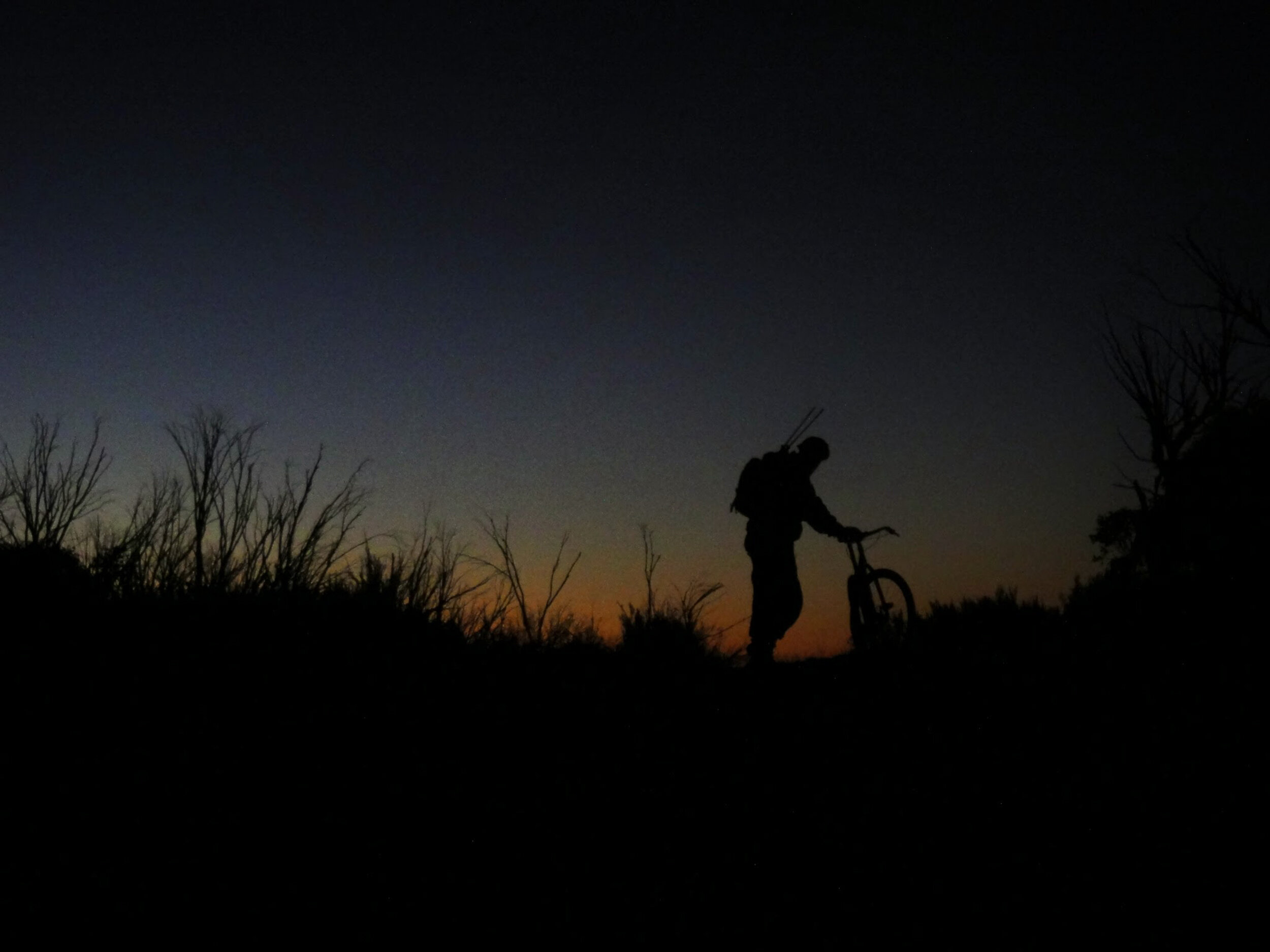








It’s not news to anyone that humans need to be in nature, but why we want to leave behind the apparent comforts of home and venture out into the unpredictable bush is becoming clearer to science as it catches up with us doing what humans do. You could say “human well-being is linked to the natural environment in myriad ways, and actionable understanding of these links is deepening in diverse disciplines” and there is “a scientifically significant increase in people’s health, happiness, connection to nature and active nature behaviours, such as feeding the birds and planting flowers for bees”.
I reckon the urge to help the bush after we’ve watched it burn comes from the same place as the urge to be in it. Or we could take David Attenborough’s view that “The living world is a unique and spectacular marvel. […] We rely entirely on this finely tuned life support machine.” So helping nature recover, whether from a bushfire or from more global “bad planning and human error”, is not altruistic at all but very much in our own interests.
Rollick Farm before the fire:
Wherever it comes from, the drive to help what was left of the bush and its wildlife after the Clear Range fire was there. Alongside it was a sense of awe that any living thing made it through, so each bee, frog, wallaby or lizard we saw was something to be cherished.
With dams just dust or mud and the river banks a steep and distant proposition for an injured animal water was the first concern. According to the photo metadata, by 7am on the day after the fire I’d attached a drinker to a water cube that we’d placed for firefighting and it was well used from that afternoon. Wildcare delivered deployable drinkers and emergency feed for birds, roos and wallabies. They provided two shipping containers in Michelago full of apples, sweet potatoes, bags of feed pellets, nesting boxes, drinkers and bird seed for anyone affected to distribute and they maintained this right up until the grass began to grow after rain in September.
In the weeks and months after the fire we placed feed from Wildcare along the river and up in the mountains where things were really dire.
Seeing the total destruction of bird habitat we started to put up a few nesting boxes from the Wildcare shipping containers. When we enquired about where to get more, Wildcare provided over fifty boxes made by local community groups and then sent us twenty five professionally made nesting boxes from Hollow Log Homes. An incredibly generous Canberran from the Facebook group NestBoxTales run by Alice McGlashan made fifteen boxes for us ranging in size from Pardalote (small) to Black Cockatoo (enormous). We worked with friends and Backpacker volunteers to get these up along the ridges of the Clear Range and we have a few more to go into more inaccessible areas.
In September we replanted the first one hundred trees of the one thousand that we lost. The wetter weather outlook this year will make it perfect for planting the remaining nine hundred.
We still have a long way to go, but the support from Wildcare, friends, backpacker volunteers and kind strangers from the internet has made it possible for us to have a good crack at doing what we can to help the recovery of the patch of nature we look after. I hope sharing the recovery story here counts as a small thank you.
